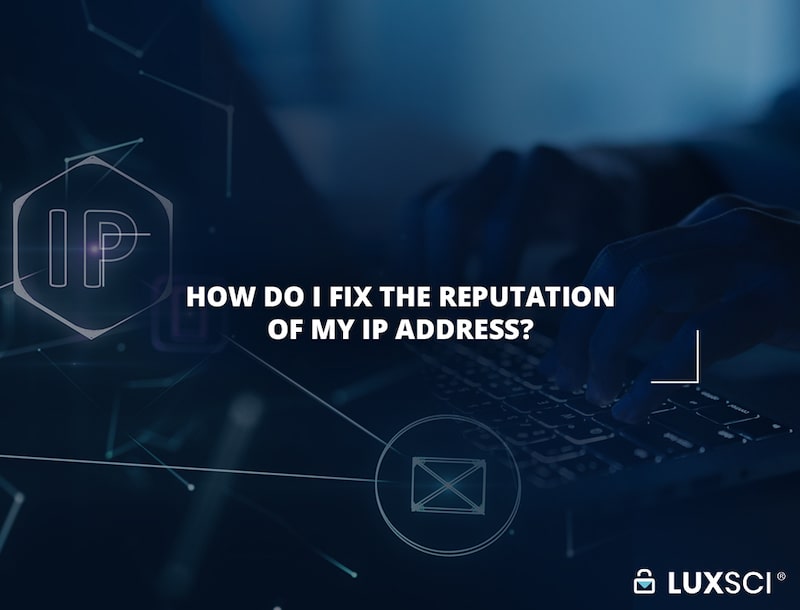Microsoft Office 365 can be HIPAA compliant when properly configured and covered under a Business Associate Agreement (BAA) with Microsoft. The platform includes security features, access controls, and encryption capabilities that support HIPAA requirements when implemented correctly. Healthcare organizations must enable specific security settings, configure appropriate access permissions, and train staff on proper usage to maintain compliance within the Office 365 environment.
Microsoft BAA Coverage
Microsoft offers a Business Associate Agreement covering Office 365 services when used by healthcare organizations. This agreement establishes Microsoft as a business associate under HIPAA regulations and outlines their responsibilities for protecting health information. Not all Office 365 services fall under BAA coverage – Microsoft provides documentation specifying which services qualify for healthcare data. Core services like Exchange Online, SharePoint Online, OneDrive for Business, and Microsoft Teams typically qualify with proper configuration. Organizations must execute this agreement before storing any protected health information in Office 365.
Email Protection Capabilities
Exchange Online includes several features supporting HIPAA compliant status for healthcare email. Transport Layer Security (TLS) encrypts email during transmission between systems. Data Loss Prevention policies can identify and protect messages containing patient information. Rights Management Services allows message encryption for sensitive healthcare communications. Organizations can implement archiving and retention policies that maintain healthcare records according to regulatory requirements. These capabilities help protect patient information sent through email while maintaining appropriate documentation for becoming HIPAA compliant.
Document Storage Safeguards
SharePoint Online and OneDrive for Business provide document storage with security features supporting HIPAA compliance. Encryption protects stored healthcare documents from unauthorized access. Permission controls restrict document viewing based on user roles and responsibilities. Audit logging tracks document access and modifications for HIPAA compliant documentation. Version history maintains records of document changes. Organizations can implement information barriers that prevent inappropriate sharing between departments. These features allow healthcare organizations to store and collaborate on patient information while maintaining appropriate security controls.
Collaborative Healthcare Communication
Microsoft Teams offers collaboration capabilities that support HIPAA compliant communication when properly configured. Private channels allow secure discussions about patient cases between authorized healthcare providers. Meeting recordings and chat logs maintain appropriate documentation of clinical consultations. Guest access controls allow external providers to participate in care discussions with proper security boundaries. Organizations can implement retention policies that maintain records according to healthcare requirements. These features enable healthcare teams to collaborate effectively while protecting patient information confidentiality.
Platform Management Tools
Office 365 includes administrative tools that help maintain HIPAA compliance across the platform. Multi-factor authentication adds security beyond passwords for accessing healthcare information. Conditional access policies can restrict system access based on device status, location, and risk factors. Mobile device management enforces security requirements on smartphones and tablets accessing patient data. Security monitoring identifies potential threats and suspicious activities across the environment. These administrative capabilities help organizations implement security programs that protect healthcare information throughout the Office 365 environment.
Workforce Readiness Elements
Achieving HIPAA compliance with Office 365 requires proper implementation and staff training beyond technical configuration. Organizations must develop policies governing appropriate use of Office 365 services for healthcare information. Staff need training on security features and compliance requirements specific to the platform. Regular security assessments help identify potential vulnerabilities in Office 365 implementations. Documentation should include Office 365 security configurations as part of overall compliance planning. These implementation practices help organizations maintain HIPAA compliance while leveraging Office 365 productivity benefits.











